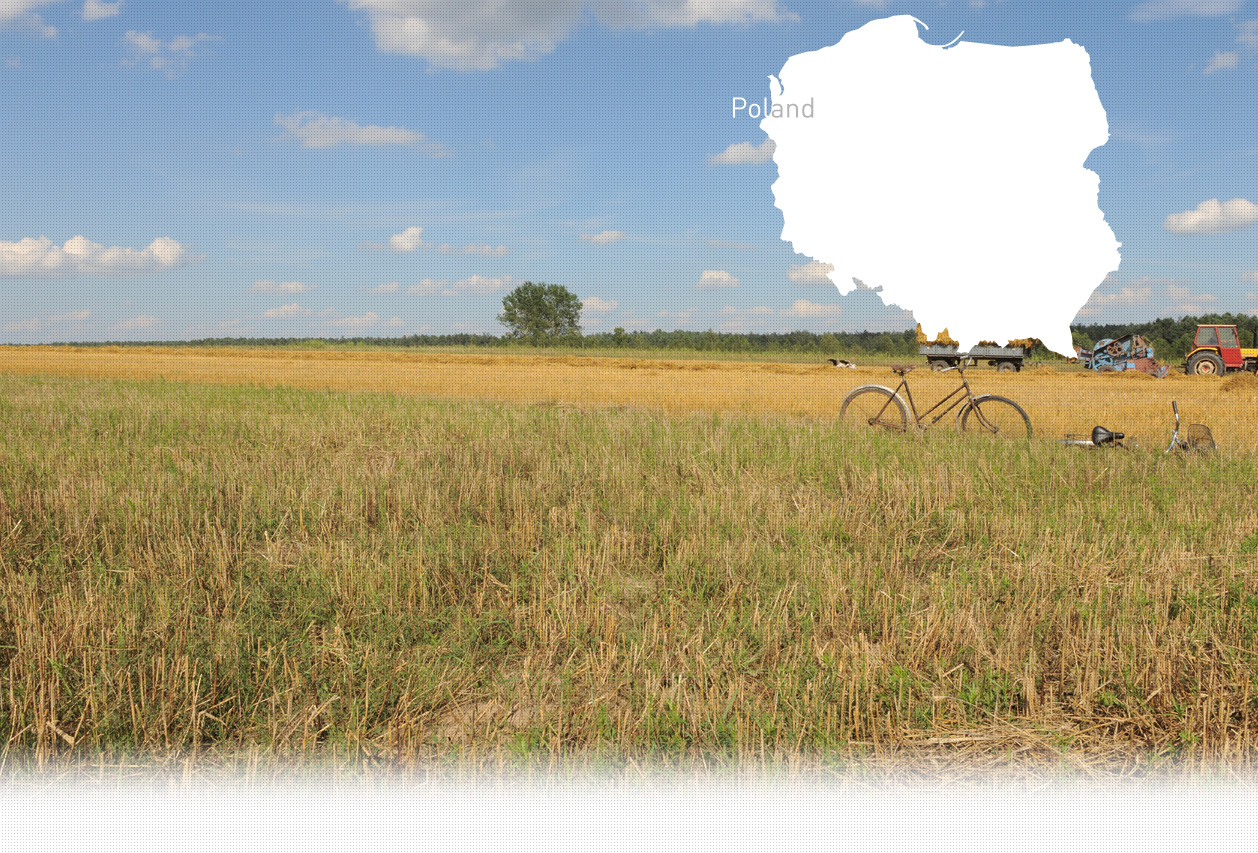

3 Killing site(s)
Edward M., born in 1928: “I was grazing cows when I saw two young Jews digging a pit. They had been brought into the forest by two Germans. They were probably Jews who had escaped from a deportation train because they were not from the manor. After they finished digging, they were forced to sit on the edge of the pit. The Germans then shot them. One of the victims was still moving, so a German fired again to finish him off. Then, the Germans handed me a shovel and ordered me to cover the pit with their bodies. Later, a Jewish tailor from the manor was brought to the site to complete the burial. The bodies are still there.” [Testimony N°YIU845P, interviewed in Wola Okrzejska, on June 26, 2018]
"In Wola Okrzejska, county of Łuków, in November 1943, 30 local Jews were shot. The bodies were buried in an alder “Bąberek” in one grave." [Minutes of the Grodzki Court in Kock, dated October 9, 1945; IPN 337 E 1138]
Wola Okrzejska is a village situated along the Okrzeja River in Łuków County, Lublin Voivodeship, in eastern Poland. It lies 8 km (5 miles) southwest of Krzywda, 26 km (16 miles) southwest of Łuków, and 64 km (40 miles) northwest of Lublin.
Although the Jewish presence in Łuków dates back to the 15th century, Wola Okrzejska never developed into a significant Jewish settlement. According to a local witness, only two Jewish families lived there before the Second World War
One was an elderly couple who lived next to the witness’s home. Both had passed away before the war and were buried in the Jewish cemetery in Adamów, which had a large Jewish community and a synagogue.
The second family was the Hurman family, consisting of a mother, grandparents, and three children. They supplied various goods to Leon Berenstein, the Jewish owner of the local manor, as well as to the workers employed there. The family ran a dairy on the Bernsztejn estate, and the grandmother operated a small grocery store.
The eldest son, Abram Hurman, was born in 1924 in Wola Okrzejska and survived the Holocaust. In his testimony, he recounted both the happy years of his childhood—attending elementary schools in Wola Okrzejska and Okrzeja—and the challenges his family faced. He recalled antisemitic incidents in 1936, when their grocery store was looted and robbed.
In early October 1939, Wehrmacht units occupied Wola Okrzejska. Shortly after, the Jewish owner of the Wola Okrzejska manor, Leon Berenstein, was expelled from his estate, which was then seized by the Germans. According to survivors and local witnesses, German pilots on leave frequently stayed at the estate during the occupation.
The German administration transformed the manor into a forced labor camp, compelling young Jews from surrounding villages to work there. Approximately 50 Jewish laborers were assigned to various tasks, including working in the fields, distillery, granary, and gardens, while tailors, shoemakers, and stonecutters worked in the manor’s workshops. These workers were frequently subjected to inspections and persecution by an SS unit based at the Korwin sawmill in Hordzieżka, about 3 km east of Wola Okrzejska.
Historical sources and witness testimonies indicate that an SS officer named Imbek, along with Ukrainian, Lithuanian, and Latvian auxiliaries, operated from Korwin, spreading terror throughout the region. The unit systematically persecuted Jews from nearby settlements and looted local farmers. Survivors recounted numerous instances of torture, rape, and murder committed by the unit against Jewish laborers at the manor, as well as against those who had fled deportations and were later captured.
In October 1942, the Jewish laborers at Wola Okrzejska manor were deported to the Łuków ghetto. Only a few skilled workers—such as tailors, shoemakers, tanners, and carpenters—were temporarily spared. By the end of the month, the Łuków ghetto swelled with new arrivals, including 1,300 to 1,700 Jews from the Gułów gmina, mainly from Adamów, Okrzeja, and Wola Okrzejska. Some of those expelled from Wola Okrzejska managed to escape from the ghetto and hide in the surrounding area, with a few even attempting to return to the manor in a desperate bid for survival.
On December 28, 1942, the SS unit from Korwin entered Wola Okrzejska. They rounded up 36 Jews—mostly elderly people, women, and children—and executed them in a meadow behind the manor house. The victims were buried on-site by local villagers in a former peat bog. Among those murdered was Itka Hurman, the mother of Abram and Chana Hurman, both of whom survived the war and later erected a memorial in honor of the 36 victims.A local witness interviewed by Yahad recounted seeing two young Jewish men forced to dig their own grave in the peat bog before being executed by two German soldiers. The victims were likely escapees from a deportation train. Similarly, another Jewish woman, in her twenties, was shot in Wola Okrzejska. The same witness was requisitioned to transport her body to a sand quarry near Zagórze, where two locals were forced to bury her.
In May 1943, as the Germans began the final liquidation of the Łuków ghetto, the last remaining Jewish laborers from Wola Okrzejska, including Abram Hurman and his sister, fled into the surrounding forests. However, not all who escaped survived—many were betrayed or hunted down by the Germans.
According to Polish archival records, in November 1943, 30 Jews were executed in Wola Okrzejska in an alder forest known as "Bąberek." The exact location of their mass grave was not determined during Yahad’s field research.
Do you have additional information regarding a village that you would like to share with Yahad ?
Please contact us at contact@yahadinunum.org
or by calling Yahad – In Unum at +33 (0) 1 53 20 13 17